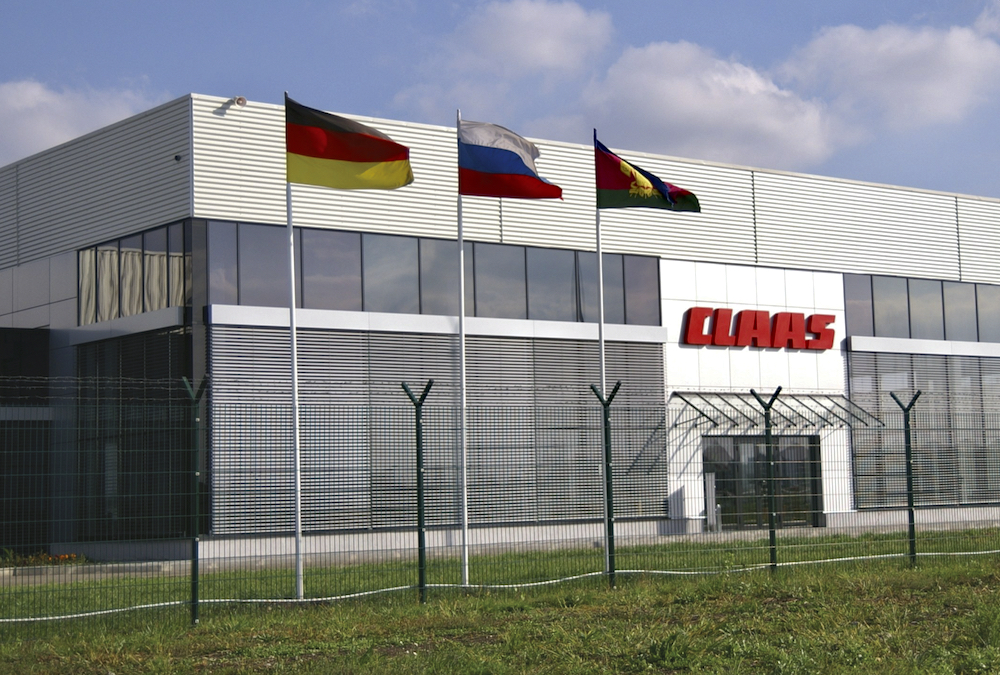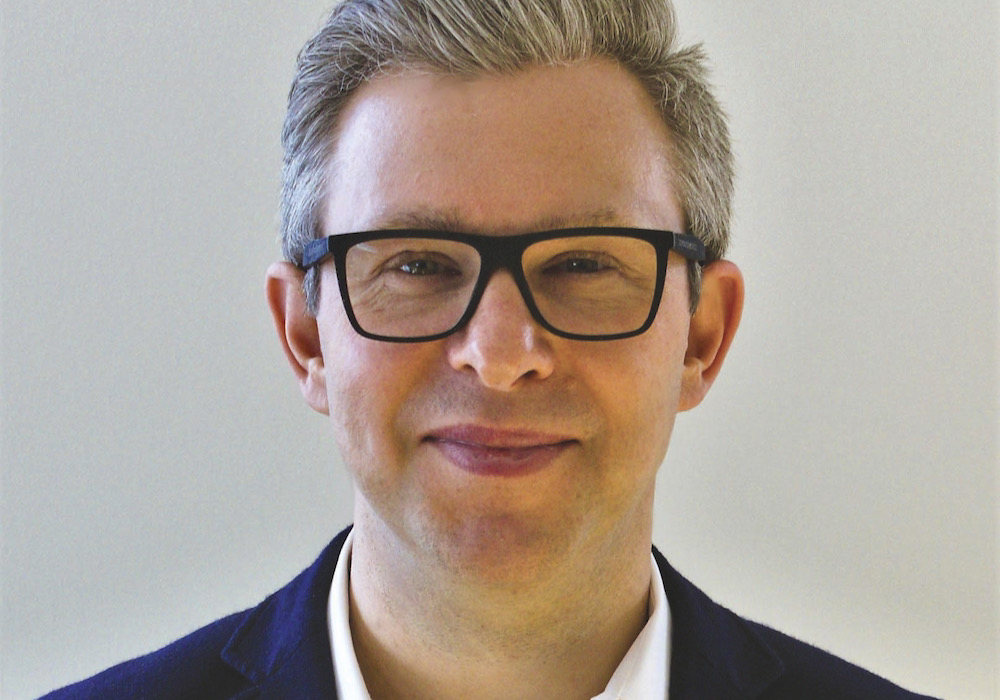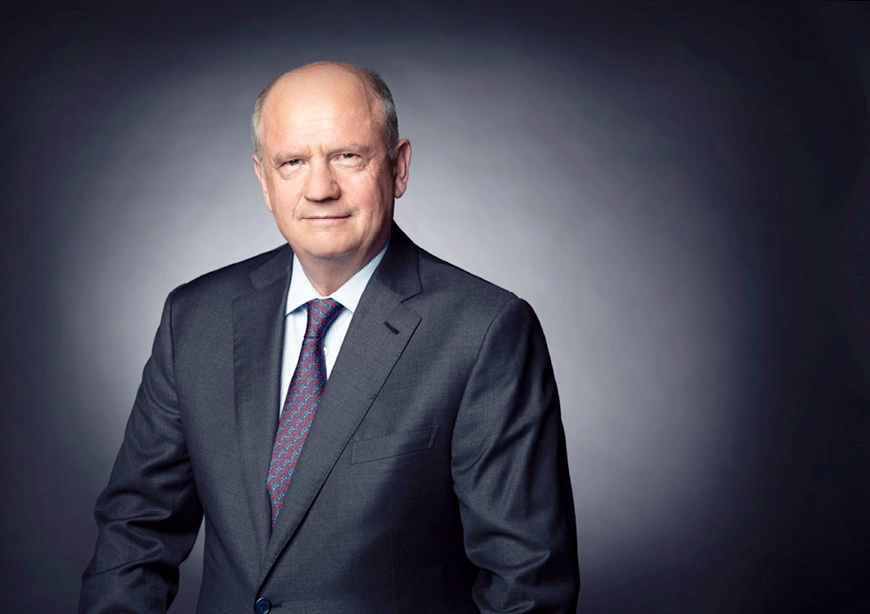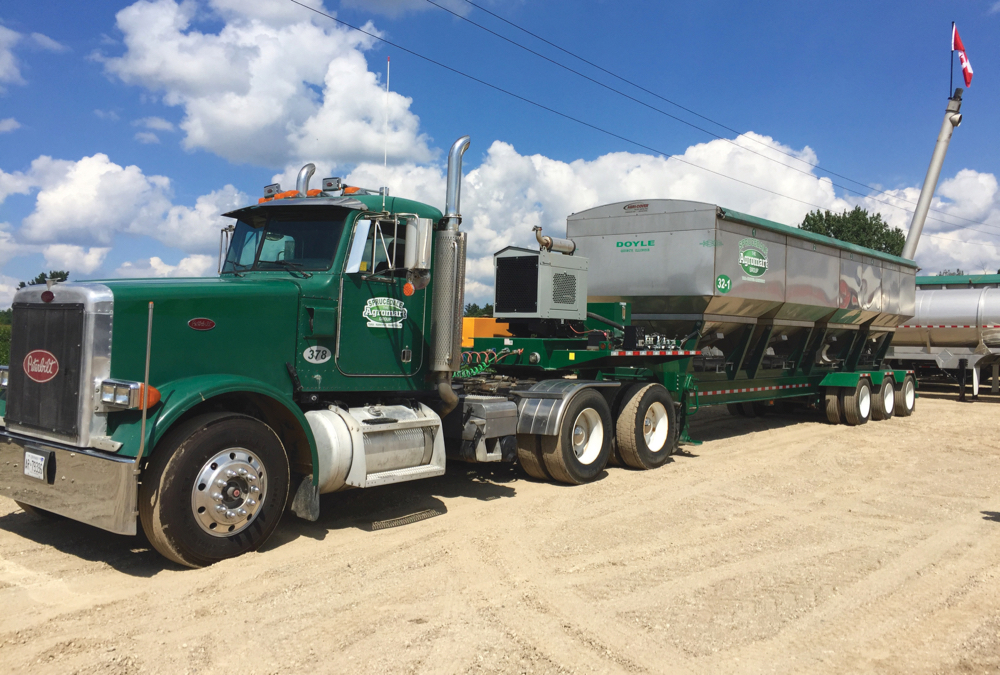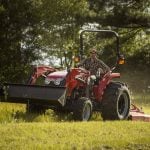It’s been offered as accepted fact in more than a few coffee shop conversations that leasing equipment offers significant tax advantages to farmers. Talk to the sales staff at dealerships and you’ll likely hear them make the same claim.
Even so, Lance Stockbrugger, a chartered accountant and cash crop producer from Saskatchewan, says the idea is, for the most part, false.
Now, Stockbrugger is getting more invitations on the speaking circuit to explain why.
“The reason I wrote this presentation was because on almost a daily basis people were coming into my office and asking the question, should I lease equipment or should I buy it,” he told the crowd at a recent stop at Manitoba’s Ag Days.
“I would always ask why would you consider leasing it, and they’d say it’s better for taxes, right? I’d say no, not really. It has absolutely nothing to do with income taxes and everything to do with a number of things like cash flow, expansion and mitigating risks. That’s what leasing is all about.”

For those who think leasing will allow them a faster write-off, the opposite might actually be true, Stockbrugger said. If it’s a true lease that meets the Canada Revenue Agency’s (CRA) description, then there should not be a bargain buyout at the end. If a producer buys a machine for fair market value after a lease expires, it extends the write-off for a longer period of time than if they just bought it outright.
It would be written off annually during the three-year lease period, and then continued after the purchase as depreciation. The write-off period has now been extended to over eight years instead of five on a regular purchase.
Stockbrugger said leasing in agriculture really got its start with grain bins, which have very low annual depreciation rates assigned to them by the CRA. So it frustrated many producers to have to spend a lot of money on them but not have that investment reflect significantly on income tax filings at the end of the year.
Read Also
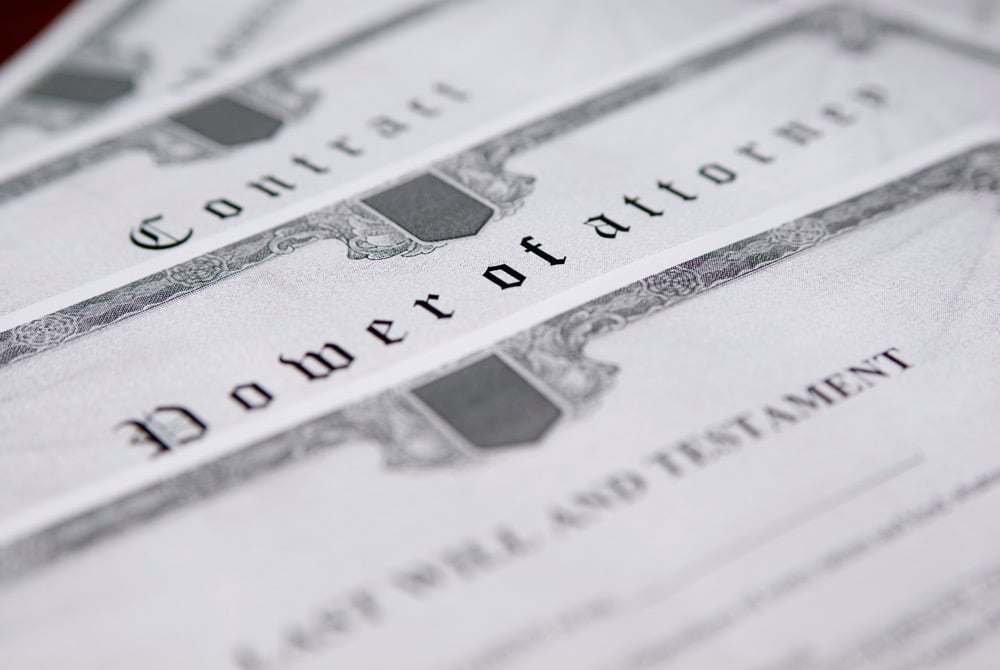
Wills and powers of attorney: the basics and why you need them
Every adult should have a will and powers of attorney. In this article, we explain the basics of these essential…
Some creative marketing by those in the industry resulted in leases initially being offered to producers, allowing them to write off the cost of new grain storage in only three years. Then, offering something like a one dollar buyout at the end of the lease period meant the farmer now owned the bin, had written it off in a short period of time, and saved a lot in income tax in the short term.
“This was an area that was being abused,” Stockbrugger said. “It wasn’t big enough for Revenue Canada to worry about, but it’s become a lot more popular with people thinking it was all about taxes. If it’s a true lease, you’re probably better to buy, and that’s not what leasing was set up for.
“If the only reason you’re doing something is to get a write-off, Revenue Canada frowns on that,” he continued. “A lot of people have entered into leases that don’t meet the definition of a lease for tax purposes. But they’ve never been questioned on it (by CRA), so they assume what they’re doing is right. But that’s not the case.”
Here’s a test. If your residual value is a dollar, or 10 per cent of the last payment, then the chances are that it doesn’t actually equal the value of the machine at the end of the lease.
So what should a valid lease structure look like?
A lease has five components, Stockbrugger said, and each should be spelled out on your lease documentation.
One is the acquisition cost. If you had bought that piece of equipment, what would it cost?
Second is term. How long is it going to be? A minimum will be two years. A maximum might be five years, but it can go longer.
Third is the interest rate. “Many times people don’t realize this is a financing transaction and an interest rate gets charged on it. This (leasing company) is buying this asset, so they are going to charge you an interest rate based on how much money they have to put out. As the interest rates go up, the lease rates go up, because it’s a financing transaction, no different than if we borrow money from the bank.”
Fourth is the payment stream, and in how much you pay, and when. That process needs to be set out up front.
And fifth, the documentation has to state the residual, often called the buy-out value. “What’s going to be the (machine’s) value at the end of the lease?” asks Stockbrugger. “When you wander around and get wildly different quotes on lease payments, one of the reasons is whether the residual value is guaranteed by the dealership or not.”
Stockbrugger isn’t totally opposed to leasing equipment. Far from it, in fact. He believes there are circumstances when leasing actually makes the most sense, but not for tax reasons.
Leasing works great with multiple items or frequent flips, Stockbrugger said. His example is a farm that wants a brand new sprayer every three years. If that’s the case, they should think about leasing. Why buy a sprayer when you don’t want the whole sprayer, you just want the first three years. Let somebody else have it after.
“When you buy the sprayer, you pay for the whole thing and take all the risks,” says Stockbrugger. “You might say, ‘but the first three years are the most expensive’. You’re right, but they’re the most expensive whether you lease or buy.”
As well, if you’re expanding the farm and you don’t have a down payment, or if you don’t have a machine to trade in on it, leasing may have a fit, possibly with a buy-out at the end.
A slightly different version gives you added flexibility. “Maybe we just rented a whole bunch (more) land and aren’t sure how this is going to work out,” Stockbrugger says. “So we lease a piece of equipment to match that. If it doesn’t work out we can just give the machine back and go back to our (original) land base.”
Similarly, if you were thinking of switching to a different machinery brand, you might opt to lease. Then, if the dealer support isn’t what you were looking for, or if the brand wasn’t meshing with the rest of your lineup, you can make a change in a shorter period of time.
Buying equipment, contrary to leasing, requires much more money up front. For some, that cash might be hard to scrape together. And purchase payments are concentrated over the first few years, meaning a high cost per acre, initially.
“When we buy something, we’re paying for it fairly quickly, over five years,” Stockbrugger said. Leasing spreads that out, so it can have a lower cash cost per acre.
However, there can be unexpected costs, especially in provinces with HST which is due on leases. That can become a pretty big cash-flow item.
If building equity in an equipment fleet is important, Stockbrugger thinks buying equipment outright is the way to go. Leases should mean a producer only pays for that portion of the life cycle of a machine while it’s on the farm. When it goes back to the dealer, there should be very little equity created.
“You should not be building equity if you’re leasing,” he said. “Yes, there’s going to be some. But if you continue to build more and more and that’s what you want, then buy it. That’s how we build equity. Buy and pay for it, look after it, maintain it well and own it for a long period of time. Leasing is just another form of financing a piece of equipment. It’s nothing more than that.”




